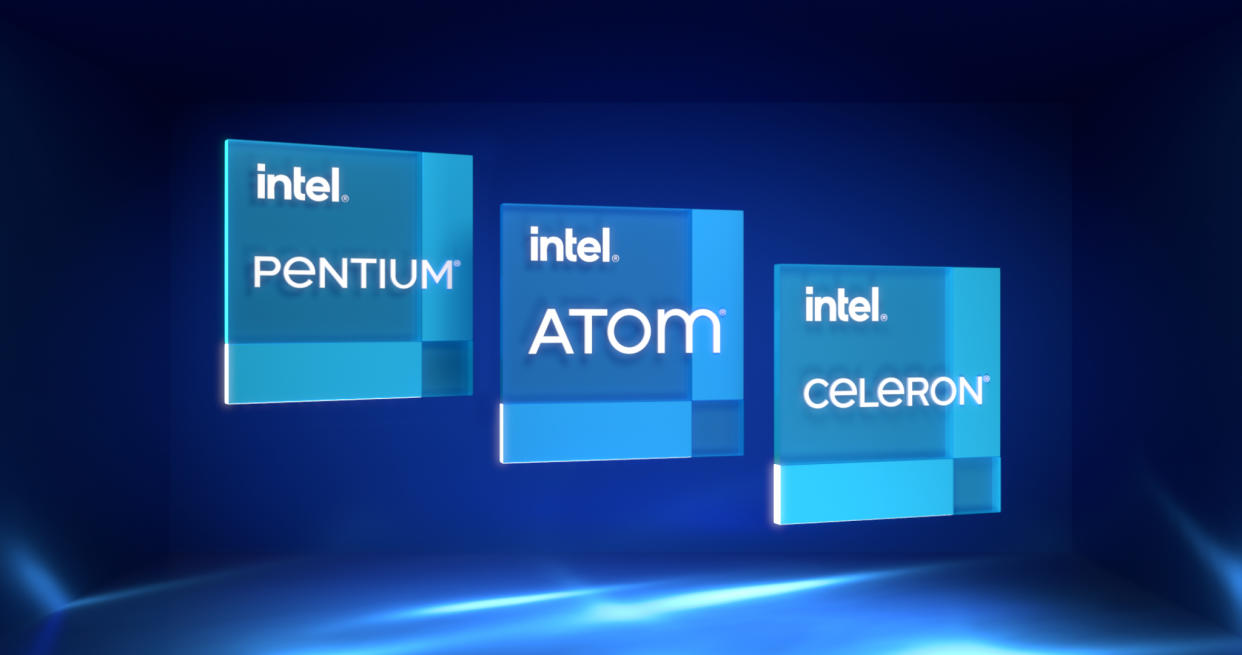Intel E-Core-Only N100 Gaming Benchmarks Emerge

Gaming benchmarks of Intel's new Alder-Lake-N SoCs have been scarce, as these chips only come with E-cores and single-channel memory support. We wouldn't expect most people to even consider it for gaming purposes, but that didn't stop Team Pandory on YouTube from running some tests on the N100. Performance wasn't great, though the power efficiency was surprisingly good, with some (very light) games hitting 60 frames per second with less than 7W of power consumption.
Alder Lake-N was announced early in 2022 as Intel's latest edition of ultra-low power and ultra-low-cost SoCs. The special sauce for these chips special is that they are based entirely on Intel's modern Gracemount CPU cores, which are used as efficiency cores in the company's Alder Lake and Raptor Lake hybrid CPUs. Intel's Gracemount cores are surprisingly powerful for their intended role, featuring L3 cache support, enhanced branch prediction, and more, which Intel claims makes these cores just as powerful as the 6th generation Skylake CPU cores from 2015.
The integrated graphics chip inside these Alder Lake-N chips is reasonably decent, feature 24 Execution Units (EUs) and offering up to a theoretical 8K 60 fps playback support with AV1 decode capabilities via Intel's Xe-LP architecture. The iGPU is still limited to 4K 60 fps output for the display resolution, however. Note also that Xe-LP is not the same as Arc Alchemist, which does feature AV1 encoding support and about double the performance. Still, it might be serviceable for some light gaming.
Team Pandory shows how Intel's little Alder Lake-N chips — specifically the N100 — handle various games at minimum settings and a 1280x720 (720p) resolution. The little quad-core CPU, with 6MB of L3 cache and a 3.4 GHz turbo, was able to hit 60 fps in a few titles, but overall most of the titles ran at a paltry 30 to 20 fps on average.
The YouTuber tested 10 games in all, including Genshin Impact, Dota 2, Grid Autosport, GTA V, Minecraft, Resident Evil 5, Skyrim, Sleeping Dogs, CS:GO, and Forza Horizon 4. In three of those titles, specifically CS:GO, Grid Autosport, and Resident Evil 5, the N100 achieved 60 fps, and in the case of Resident Evil 5, it ran in the mid-70s in most areas. Dota 2 also managed an acceptable 40 fps. Sadly, the rest of the group ran at 30 fps or less, with some games dipping into the low 20 fps range. The latter are effectively unplayable on the N100.
The N100's includes four Gracemount cores clocked at up to 3.4 GHz turbo, with 6MB of L3 cache and a 6W TDP that is non-configurable. Memory maxes out at 16GB of capacity, and the testing used a single 8GB stick of DDR5 memory. (These chips only have a single memory channel, so this config doesn't restrict GPU performance.) The UHD Graphics feature the Xe-LP architecture with 24 EUs and a maximum frequency of 750 MHz — compare that to faster desktop parts like the UHD Graphics 770 in Intel's Core i9-12900K that have 32 EUs and can run at 1550 MHz.
Even though Intel's little N100 didn't achieve superb gaming performance, the performance per watt is pretty impressive coming from an entry-level design. The N100 is rated at just 6W of power consumption for the whole chip, making the chip's performance per watt exceptionally good. That's all relative, of course, as most gaming laptops would feature significantly more graphics horsepower.
The N100's performance-per-watt gaming advantage obviously isn't going to be a feature that drives sales, as the performance isn't anywhere near playable for most gamers. But Alder Lake-N was never designed as a gaming platform in the first place, instead going after lower-level tasks like web browsing, video playback, and basic office work.
But it is interesting to see what Intel's most-power efficient SoC platform is capable of. If it wanted to, Intel could potentially put together a handheld gaming SoC competitor to rival the best handheld gaming SoCs from AMD, including the Ryzen Z1 series and the Steam Deck's custom Van Gogh APU. Will that ever happen? Never say never... but it's not likely to occur any time soon.

